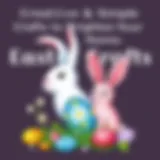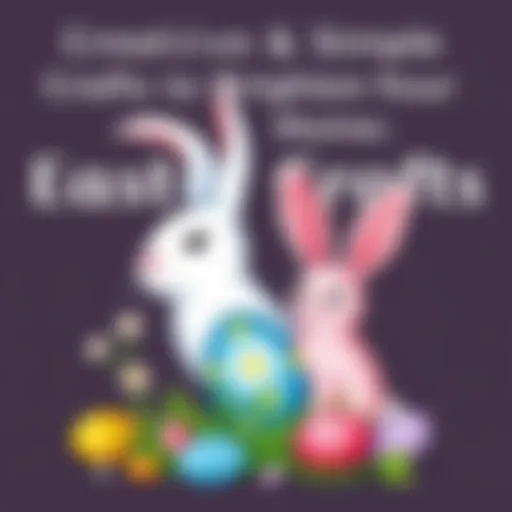Exciting Circus Activities for Preschoolers: Sparking Creativity and Fun

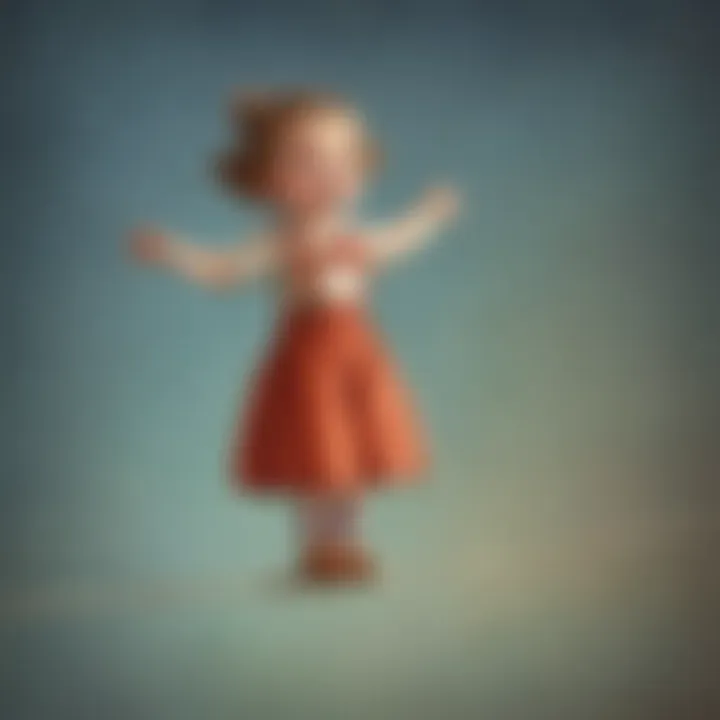
Science Fun Facts
Circuses have been entertaining people for centuries, tracing back to ancient Rome and China. These spectacles of skill and daring showcase performers engaging in breathtaking acts such as aerial acrobatics and motorcycle stunts. Did you know that early circuses featured mainly equestrian events before evolving to include a diverse range of acts? This rich history of the circus is a fascinating blend of tradition and innovation.
Discover the Wonders of Circus Activities
Immerse yourself in a world of exciting circus activities tailor-made for the curious minds of preschoolers. From juggling colorful balls to balancing on makeshift tightropes, these activities are designed to captivate young learners while honing their motor skills and boosting their confidence. Through engaging in these circus adventures, children can unleash their creativity and foster a sense of teamwork and camaraderie.
Circus Fun Quiz Time
Test your knowledge with an interactive circus quiz designed to challenge young learners and encourage critical thinking. Are you familiar with the different circus acts and the skills required to perform them? Put your circus expertise to the test with brain-teasing questions and puzzles that will enhance your understanding of this dynamic and vibrant world of entertainment.
Circus Act Showcase
Step into the spotlight with fun and interactive circus experiments that will ignite your imagination. From crafting your own clown nose to creating a mini trapeze for toy figurines, these hands-on activities will provide hours of entertainment while fostering a deeper appreciation for the art of the circus. Follow the step-by-step instructions, gather your materials, and embark on a thrilling journey into the magical realm of circus performances.
Introduction
Welcome to the captivating world of circus activities tailored specifically for preschoolers. In this comprehensive guide, we will explore the exciting realm of circus fun designed to ignite the imaginations of young minds. The importance of introducing preschoolers to circus activities lies in the myriad of benefits it offers in terms of physical, cognitive, social, and creative development. These activities are not just about entertainment but serve as valuable educational tools.
Circus activities for preschoolers go beyond mere entertainment; they serve as a platform for holistic development. By engaging in these activities, children can enhance their motor skills, coordination, and agility. Moreover, circus acts like juggling, balance beam walking, and trapeze swinging help in improving muscle strength, balance, and spatial awareness. This physical aspect of circus activities is crucial for the overall growth and well-being of preschoolers.
Furthermore, circus activities are instrumental in fostering cognitive abilities in young children. Games that challenge memory retention and pattern recognition are integral parts of circus routines for preschoolers. These games not only boost memory skills but also enhance problem-solving abilities and critical thinking. By actively participating in such activities, preschoolers can sharpen their cognitive faculties and develop important mental frameworks.
In addition to physical and cognitive development, circus activities play a significant role in shaping social skills. Group acrobatics and clown interactions encourage teamwork, communication, and cooperation among preschoolers. These activities provide a platform for children to interact with their peers, learn to work collaboratively, and build essential social bonds. The social aspect of circus activities is vital in helping preschoolers navigate interpersonal relationships and develop empathy.
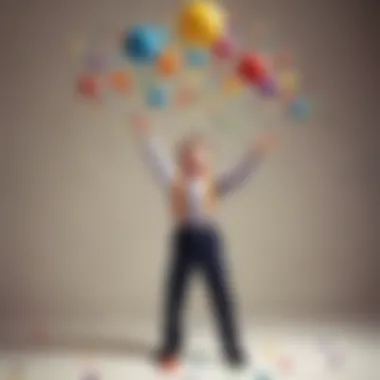
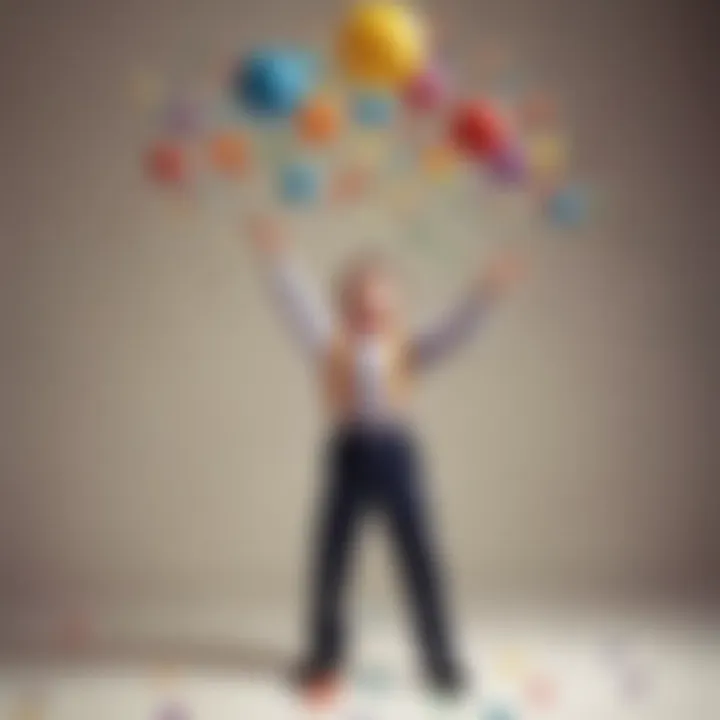
Last but not least, circus activities offer a unique avenue for creative expression. Through activities like face painting and costume design, preschoolers can unleash their creativity and explore their imagination. These creative outlets not only allow children to express themselves but also nurture their artistic talents and innovative thinking. Circus activities provide a canvas for preschoolers to paint their personalities and showcase their individuality.
Benefits of Circus Activities for Preschoolers
Circus activities for preschoolers offer a plethora of benefits that go beyond mere entertainment. Parents and educators alike are increasingly recognizing the value of incorporating circus-themed activities into early childhood development programs. These activities serve as a fusion of fun and learning, nurturing various aspects of a child's growth.
Physical Development
One of the primary benefits of circus activities for preschoolers is the enhancement of physical development. Through engaging in activities like juggling, balance beam walking, and trapeze swinging, children refine their motor skills, coordination, and balance. These fundamental physical abilities form the building blocks for more complex movements and overall physical well-being.
Cognitive Development
In addition to physical benefits, circus activities stimulate cognitive development in preschoolers. Memory games and pattern recognition exercises incorporated into these activities help improve concentration, memory retention, and problem-solving skills. By challenging their minds in a playful environment, children develop critical thinking abilities essential for academic success.
Social Development
Circus activities facilitate social development by encouraging teamwork and cooperation. Group acrobatics and clown interactions enable children to work together, communicate effectively, and build relationships. These collaborative experiences foster empathy, sharing, and respect for others, crucial skills for navigating social interactions later in life.
Creative Expression
Moreover, circus activities unleash preschoolers' creativity and self-expression. Through activities like face painting and costume design, children delve into their imagination, experimenting with colors, shapes, and textures. This creative outlet not only boosts confidence but also nurtures artistic sensibilities, promoting a well-rounded approach to self-expression.
Physical Development
In this section, we delve into the crucial aspect of physical development within the circus activities tailored for preschoolers. Physical development plays a pivotal role in nurturing a child's overall growth and well-being. Through engaging in various physical activities, children can enhance their motor skills, coordination, and balance. These activities not only promote physical health but also stimulate cognitive functioning. It is important to note that each physical activity should be age-appropriate and conducted under supervision to ensure safety and optimal development.
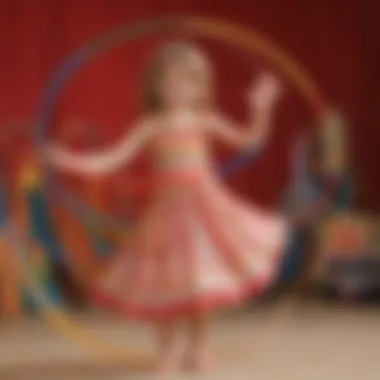
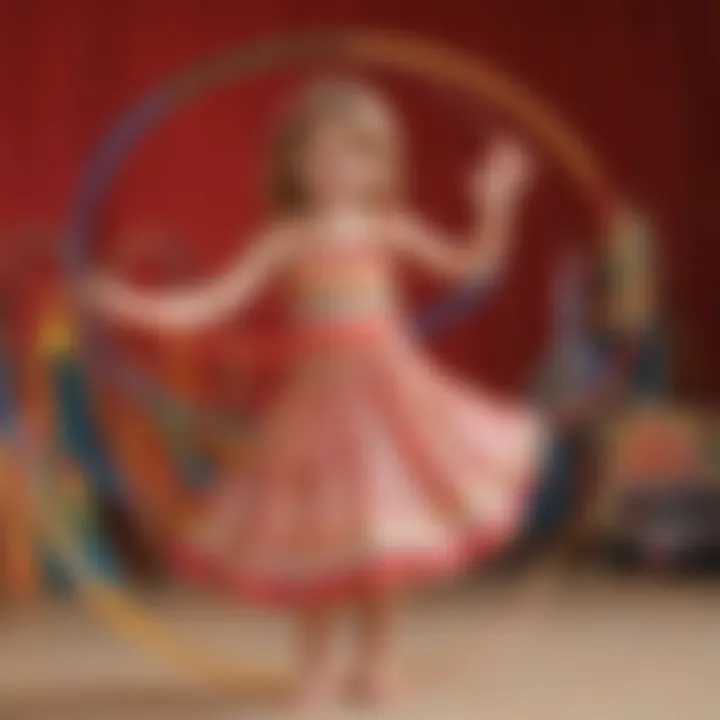
Juggling
Juggling is a mesmerizing circus activity that not only entertains but also contributes significantly to preschoolers' physical development. By practicing juggling, children improve their hand-eye coordination, focus, and concentration. This skill challenges their cognitive abilities while enhancing their motor skills. Additionally, juggling fosters a sense of accomplishment and boosts self-confidence in young children. It is essential to start with soft, lightweight juggling props suitable for small hands to prevent injuries and build proficiency gradually.
Balance Beam Walking
Balance beam walking is a rewarding activity that enhances preschoolers' balance, coordination, and spatial awareness. This circus skill requires concentration and control as children navigate the narrow beam. Walking on a balance beam strengthens core muscles, improves posture, and refines proprioception. Introducing variations in beam height and textures can further challenge children's balancing skills and sensory perception. Safety measures, such as placing safety mats around the beam and ensuring proper supervision, are imperative to prevent falls and accidents during practice sessions.
Trapeze Swinging
Trapeze swinging is a thrilling circus activity that promotes upper body strength, grip control, and spatial reasoning in preschoolers. Swinging on the trapeze encourages children to overcome fears, build confidence, and develop trust in their abilities. This aerial skill also improves flexibility, agility, and muscle tone. It is crucial to provide adequate safety measures, such as harnesses and crash mats, to ensure a secure environment for children to explore and enjoy trapeze swinging. Proper guidance and supervision are essential to help children master this exhilarating circus activity.
Cognitive Development
In this exploration of circus activities for preschoolers, Cognitive Development assumes a vital role in shaping young minds. By engaging in activities that stimulate cognitive functions, children can enhance their problem-solving abilities, memory retention, and pattern recognition skills. The importance of cognitive development lies in fostering intellectual growth and preparing children for future learning endeavors. Through a series of specially curated circus activities, preschoolers can embark on a journey of mental exploration and skill refinement.
Memory Games
Memory games are a fundamental component of cognitive development in preschoolers. These games are designed to challenge memory retention, concentration, and cognitive processing. By engaging in memory games within a circus-themed environment, children can enhance their ability to recall information, strengthen their focus, and improve their cognitive functions. Memory games not only provide entertainment but also offer valuable mental exercise that can benefit preschoolers in various aspects of their academic and personal lives.
Pattern Recognition
Pattern recognition is a cognitive skill that plays a significant role in problem-solving and critical thinking. Within the context of circus activities, preschoolers can hone their pattern recognition abilities through engaging tasks and challenges. By identifying and interpreting patterns in various circus performances and games, children can sharpen their analytical skills, enhance their cognitive flexibility, and boost their overall cognitive development. Pattern recognition exercises provide a fun and stimulating way for preschoolers to engage with complex cognitive processes and contribute to their mental acuity.
Social Development
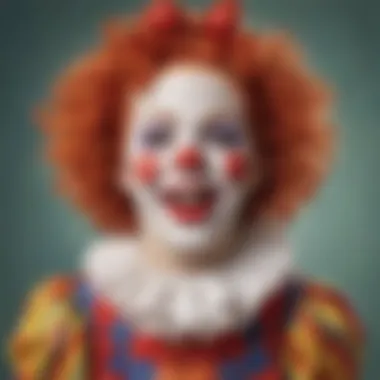
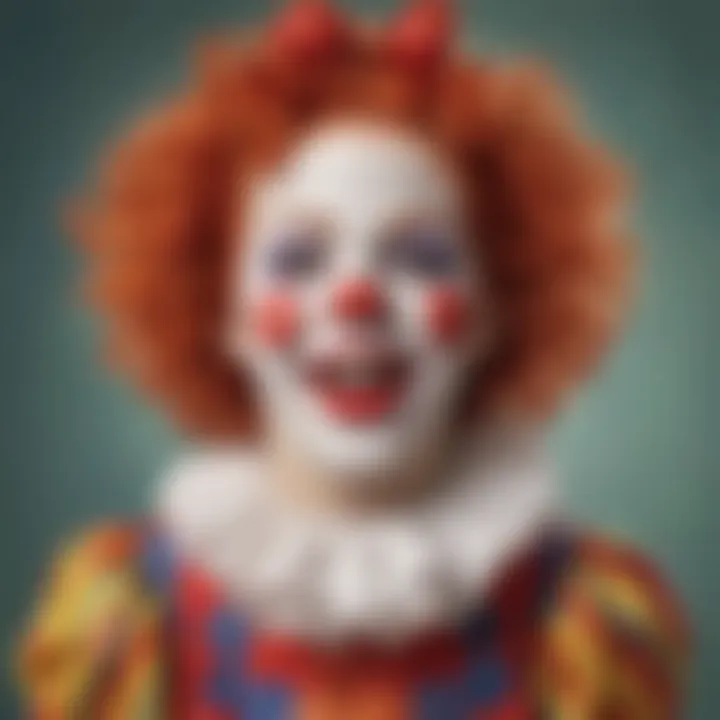
In the realm of children's development, focusing on Social Development plays a pivotal role. It is not just about physical or cognitive abilities but also about how children interact with their peers, build relationships, and communicate effectively. Social skills are fundamental for preschoolers as they navigate their first interactions outside their immediate family circle. Engaging in activities that promote Social Development helps children understand the importance of teamwork, cooperation, and sharing. By participating in activities like Group Acrobatics and Clown Interaction, children learn to communicate, express themselves, and work towards a common goal. These activities lay the foundation for building strong interpersonal skills that are vital for their future interactions and relationships.
Group Acrobatics
Group Acrobatics is a thrilling circus activity where preschoolers can come together to create awe-inspiring human formations. This activity not only enhances physical coordination and strength but also fosters teamwork and trust among participants. Children learn to collaborate, listen to each other's ideas, and support one another to achieve a collective goal. Group Acrobatics encourages communication, problem-solving, and spatial awareness in a dynamic and exciting way. Preschoolers engage in structured routines that help them understand the importance of coordination, timing, and synchronization. Through Group Acrobatics, children not only develop their motor skills but also cultivate a sense of camaraderie and unity within the group.
Clown Interaction
Clown Interaction brings an element of fun and playfulness to circus activities for preschoolers. Clowns create a jovial atmosphere where children can express themselves freely and enjoy light-hearted entertainment. Interacting with clowns allows children to explore their creativity, imagination, and sense of humor. Through playful interactions and comedic performances, preschoolers can develop their social skills such as empathy, emotional expression, and active listening. Clown Interaction also encourages children to step out of their comfort zones, overcome shyness, and engage in spontaneous communication. By engaging with clowns, preschoolers learn to appreciate humor, adapt to different social cues, and build confidence in their interactions with others.
Creative Expression
In the realm of circus activities for preschoolers, creative expression holds significant importance as it serves as a gateway to unlocking a child's imagination and enhancing their cognitive development. Creative expression not only allows children to explore their artistic side but also fosters critical thinking and problem-solving skills. Through activities like face painting and costume design, children can delve into the world of colors, shapes, and textures, unleashing their creativity in a structured yet open-ended environment. By encouraging creative expression, parents and caregivers can nurture a child's individuality and self-confidence, laying a strong foundation for future intellectual and emotional growth.
Face Painting
Face painting is a popular circus activity that not only adds a touch of fun and whimsy but also offers various benefits for preschoolers. It allows children to transform into their favorite characters, animals, or superheroes, igniting their imagination and role-playing skills. The process of choosing designs, picking colors, and seeing their faces come to life stimulates creativity and enhances fine motor skills. Moreover, face painting encourages social interaction as children showcase their creations to their peers, fostering a sense of camaraderie and teamwork. When engaging in face painting activities, it is essential to use child-safe, hypoallergenic paints and ensure proper supervision to prevent any mishaps or allergic reactions.
Costume Design
Costume design is another captivating circus activity that enables preschoolers to express themselves through fashion and creativity. Whether designing outfits for circus performers, animals, or fantasy characters, children can unleash their imagination and attention to detail. Costume design not only enhances fine motor skills through cutting, gluing, and embellishing but also encourages storytelling and character-building. By crafting their costumes, children learn about color coordination, fabric textures, and design elements, sparking an interest in aesthetics and visual arts. When undertaking costume design activities, it is crucial to provide a variety of materials like fabrics, glitters, and accessories to inspire children's creativity and allow them to bring their visions to life.
Safety Precautions
When it comes to organizing circus activities for preschoolers, safety precautions should always be a top priority. Ensuring a safe environment for young children to explore and engage in various circus acts is fundamental to their well-being and enjoyment. Safety precautions go beyond just physical safety; they also encompass psychological and emotional well-being.
One crucial aspect to consider is the equipment used in the circus activities. All equipment must be age-appropriate, sturdy, and regularly inspected for any signs of wear and tear. From juggling balls to balance beams, each piece of equipment should meet safety standards and be suitable for the preschoolers' size and skill level.
Moreover, another essential safety precaution entails providing adequate supervision during the circus activities. Trained instructors or caregivers should be present at all times to guide children, provide demonstrations, and intervene in case of any emergencies. This proactive approach not only ensures the physical safety of the preschoolers but also promotes a sense of security and trust among the young participants.
Additionally, creating clear and concise safety rules is imperative for establishing boundaries and expectations during the circus activities. Children should be briefed on safety guidelines before commencing any act, emphasizing the importance of following instructions and respecting each other's space. By instilling a culture of safety and respect, preschoolers can enjoy the activities freely while understanding the importance of their well-being and that of their peers.






